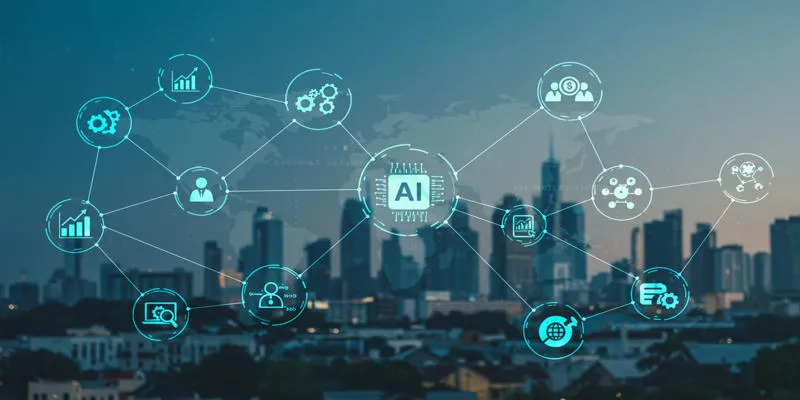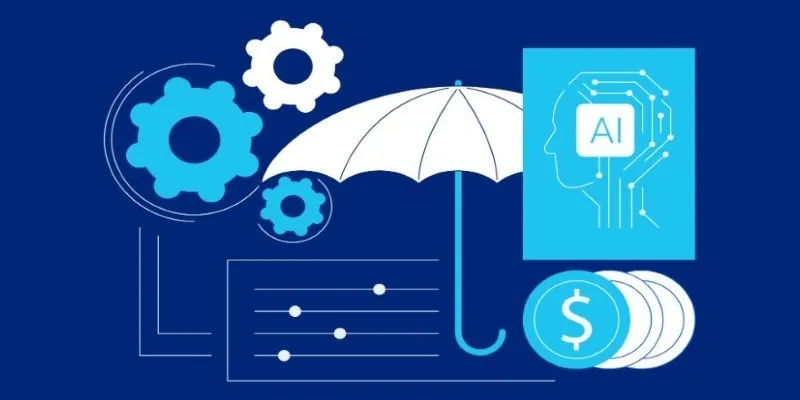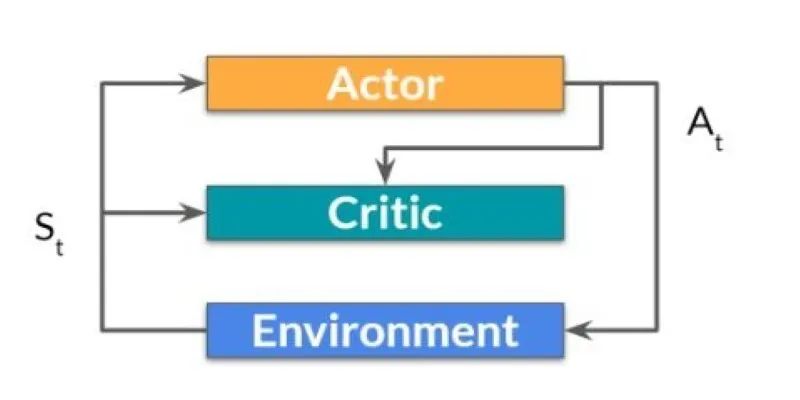With the daily rise in cyber threats, maintaining robust security is becoming increasingly challenging. Companies need strong defenses to protect sensitive information. AI-powered cybersecurity tools enable faster threat detection and response by analyzing patterns and identifying suspicious activities. These tools enhance accuracy and reduce human workload, keeping security teams a step ahead of cybercriminals employing advanced techniques.
AI accelerates response times and automates threat detection. By scanning vast amounts of data in real-time, AI can identify threats before they cause harm. It also adapts to new challenges, further strengthening security. Many businesses now leverage AI for cybersecurity threat detection, reducing breaches and safeguarding data more effectively. This guide explores the functions and significance of these tools.

The Impact of Machine Learning on Cybersecurity
Machine Learning (ML), a subset of AI, plays a critical role in identifying cybersecurity threats. By learning from data patterns, ML improves over time, examining user behavior, emails, and network traffic to detect threats such as phishing attempts, malware, and unauthorized access. For example, AI can flag activities when an employee logs in from an unusual location, preventing illicit access.
AI-driven threat intelligence enhances accuracy by reducing false alerts, allowing security teams to prioritize genuine threats, saving time, and improving response rates. It also predicts future online threats by learning from past cyberattacks, adapting to new hacking techniques. The synergy between AI and ML empowers cybersecurity systems to become smarter, offering a more robust defense against evolving threats.
How AI Detects Cyber Threats?
AI employs various methods to detect cyber threats. Behavioral analysis examines user interactions with systems, highlighting suspicious activities like accessing restricted files. Anomaly detection identifies unusual login attempts or network traffic, recognizing patterns that deviate from normal behavior. Natural Language Processing (NLP) scans emails and communications to detect phishing attempts, while deep learning models uncover hidden threats in malware code.
AI continuously scans and adapts to stay ahead of cybercriminals, evolving with emerging offensive strategies. Unlike traditional security, AI doesn’t solely rely on known threats but forecasts and prevents attacks before they occur. Moreover, threat detection systems integrate with firewalls and antivirus software, adding extra layers of security. Real-time attack prevention, log monitoring, and user behavior auditing by AI provide cybersecurity teams with swift alerts and automated responses.
How AI Responds to Cyber Threats?
Identifying risks isn’t enough; AI also delivers prompt responses. Automated response tools act immediately to halt cyberattacks. For instance, if AI detects malware, it isolates the affected device, preventing the spread of infection. AI-supported incident response automation accelerates security team operations, providing comprehensive analyses and insights to understand and address threats.
AI also blocks malicious IP addresses, stopping hackers from accessing systems. If a cybercriminal attempts entry, AI can block them before causing harm. Furthermore, AI aids in threat hunting by identifying hidden risks across networks, alerting security experts to potential dangers that might evade traditional systems. By leveraging AI-driven insights, security professionals can track and eliminate cyber threats, enhancing overall security, reducing damage, and expediting responses.

AI and Predictive Cybersecurity
AI is not only reactive but also predictive, forecasting potential cyberattacks well in advance. By analyzing past cyberattacks, AI identifies security vulnerabilities and patterns, aiding companies in strengthening systems and preventing future breaches. Predictive security tools scan global cyberspace, with AI searching for security threats and stolen data on the dark web, notifying companies of potential breaches before they occur.
AI also enhances vulnerability management by identifying software flaws and suggesting fixes. Businesses adopting AI can stay ahead of cybercrime through real-time network monitoring offered by predictive cybersecurity tools, which monitor and prevent cyber threats before they cause damage. As cyber threats evolve, AI-driven predictive security becomes essential for safeguarding digital environments.
The Future of AI in Cybersecurity
AI will continue to evolve in the realm of cybersecurity. AI-driven threat detection will advance further, as cybercriminals also utilize AI, complicating security. AI-powered cyber defense systems must stay ahead of these threats. In the future, AI will enhance biometric security, including fingerprint scanning and facial recognition, and reinforce zero-trust security models, ensuring only authenticated users access sensitive information.
AI tools will also bolster cloud security, protecting cloud computing from unauthorized access. The collaboration between blockchain technology and AI will lead to stronger security, with blockchain adding an additional layer by securing transactions and preventing data tampering.
Moreover, AI-powered self-healing security systems are emerging, capable of rectifying security flaws without human intervention. The reliance on AI for business cybersecurity protection will increase, with AI-driven platforms becoming indispensable. Businesses will invest in AI-powered tools to prevent cyberattacks, ensuring safer digital environments and data protection.
Conclusion:
AI-powered cybersecurity tools are essential for threat identification and response. They detect threats, analyze patterns, and automate actions, reducing false alerts, increasing accuracy, and expediting threat mitigation. Predictive security tools enable proactive prevention of cyberattacks. AI strengthens security by learning to tackle new challenges, aiding businesses with faster incident responses and enhanced protection. AI-driven tools will continue to evolve, shaping the future of cyber defense. Companies must invest in AI-powered security solutions to ensure secure digital environments and data protection.
 zfn9
zfn9























